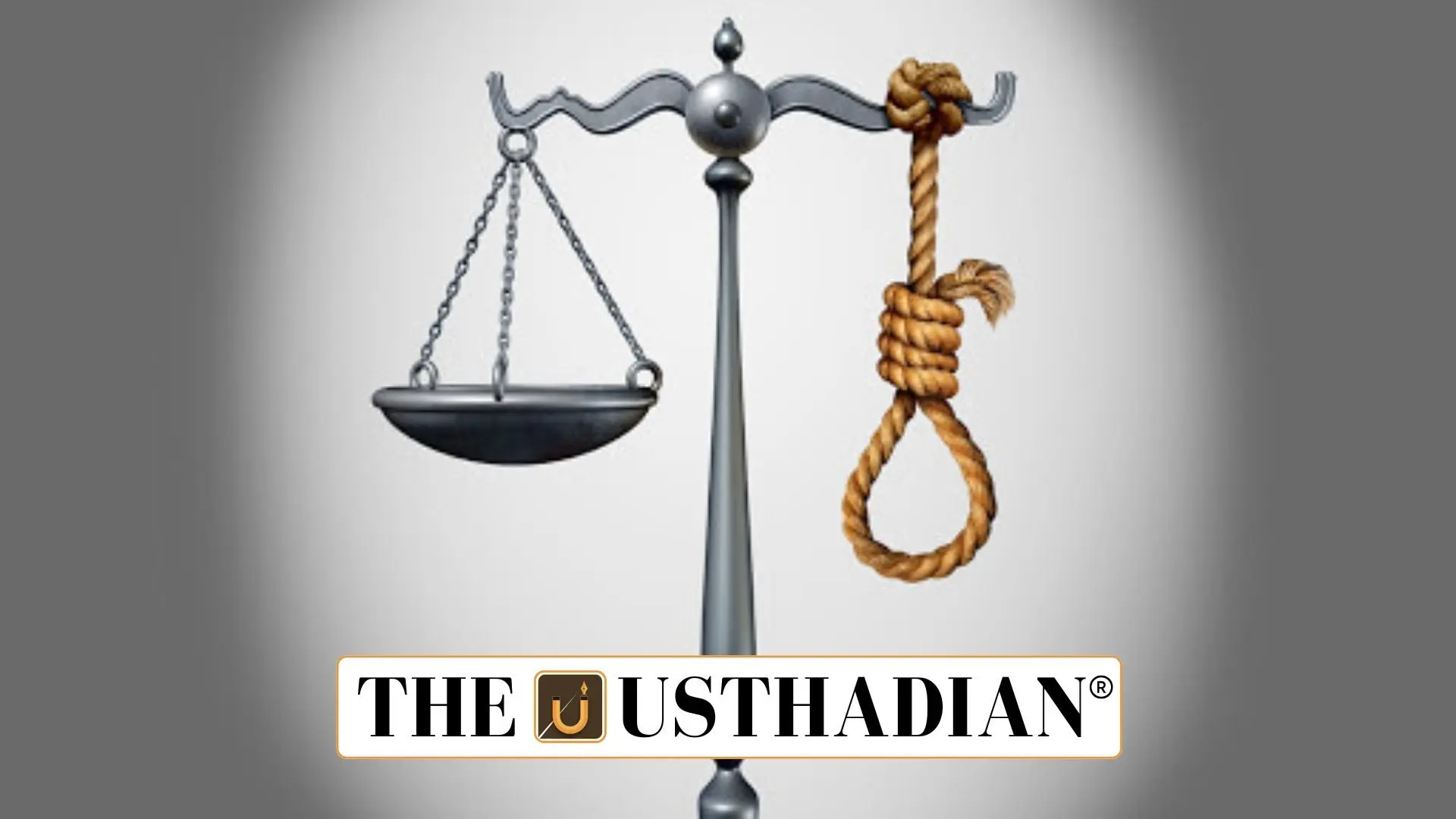Two Conflicting Verdicts Renew the Death Penalty Debate
Revisiting the ‘Rarest of Rare’ Doctrine: India’s Uneven Use of Capital Punishment: In January 2025, two high-profile murder trials drew public attention to India’s evolving yet inconsistent approach to the death penalty. In one instance, a civic volunteer convicted of rape and murder received a life sentence. In a separate trial, a woman accused of poisoning her partner was handed a death sentence. These contrasting outcomes have reignited discussions around the ‘rarest of rare’ doctrine, highlighting the judicial inconsistencies in capital sentencing.
Tracing the Roots of the Doctrine
Revisiting the ‘Rarest of Rare’ Doctrine: India’s Uneven Use of Capital Punishment: The concept of awarding the death penalty only in exceptional cases originated from the Bachan Singh vs State of Punjab (1980) verdict. The Supreme Court declared that capital punishment should only be used in the ‘rarest of rare’ cases, but failed to define the phrase precisely. As a result, interpretation was left to judicial discretion, making consistency across cases difficult to maintain.
Foundational Cases and Legal Landmarks
Before Bachan Singh, the Jagmohan Singh vs State of UP (1972) judgment upheld the death penalty’s constitutional validity and supported judicial discretion in sentencing. To bring clarity, the Machhi Singh case (1983) laid out five key factors that could justify capital punishment: the brutality of the crime, motive, impact on society, number of victims, and the vulnerability of the victim. However, the framework remained subject to interpretation.
A significant legal shift happened in the Mithu vs State of Punjab (1983) case, where the court invalidated mandatory death sentences, emphasizing the importance of considering individual circumstances and mitigating factors in every case. This ruling reinforced the constitutional right to life under Article 21.
The Ongoing Problem of Inconsistent Application
Despite these rulings, capital sentencing in India remains subjective. Judges often differ in what they consider brutal or exceptional. To address this, the Supreme Court in 2022 began drafting new procedural norms for assessing mitigating circumstances before awarding death sentences. This reform aims to improve fairness but has not yet fully resolved the unpredictability.
Moral Questions and Public Sentiment
There remains a deep division in public opinion. While some view the death penalty as essential for crimes like sexual assault or terrorism, others see it as a flawed and irreversible punishment, especially in a system prone to judicial error. As India continues to refine its justice system, the challenge is to ensure that severity of punishment aligns with both legal standards and ethical principles.
STATIC GK SNAPSHOT
| Topic | Details |
| Name of Doctrine | Rarest of Rare (Coined in Bachan Singh Case, 1980) |
| Initial Reference to Death Penalty | Jagmohan Singh vs State of UP, 1972 |
| Guidelines for Capital Sentencing | Machhi Singh vs State of Punjab, 1983 |
| Mandatory Death Penalty Overturned | Mithu vs State of Punjab, 1983 |
| Legal Foundation | Article 21 – Right to Life, Indian Constitution |
| Reform Attempt | 2022 Supreme Court procedural reform proposal |
| Recent Controversy | January 2025 – Rape and Poisoning verdicts |








